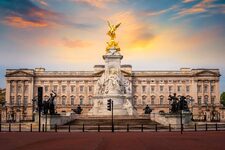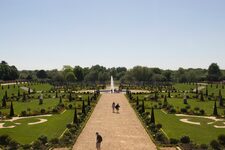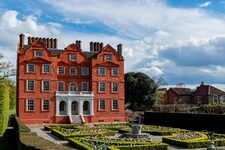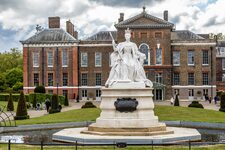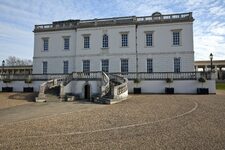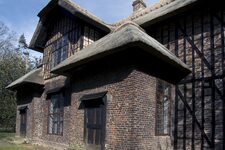St. James's Palace: Royal Residence and British History
St. James's Palace: Witness to London's Royal History
St. James's Palace, located in the heart of London, is one of the most iconic landmarks of British royalty. This historic residence has played a central role in the life of the British monarchy for centuries. In this article, we will explore the history, architecture, and significance of St. James's Palace as a historical monument.
Origins and History
St. James's Palace was built in the early 16th century, during the reign of King Henry VIII, around 1531. Originally intended to serve as a royal residence, it continued to fulfill this role for over 300 years. The palace also served as the birthplace of several British monarchs, including Queen Mary I of England.
Architecture and Features
The architecture of St. James's Palace is a remarkable example of English Renaissance architectural style. The building boasts a red brick façade and elegant architectural details, including mullioned windows and brick chimneys. The palace's interior is lavishly decorated with coffered ceilings, intricately carved woodwork, and ancient tapestries.
One of the most iconic features of St. James's Palace is its central courtyard, surrounded by buildings, offering an authentic glimpse into royal life.
Historical Significance and Current Use
Throughout the centuries, St. James's Palace has served as the residence for many British monarchs, including Queen Elizabeth I and King Charles I. It has also been the site of royal ceremonies and significant events in British history.
Today, although it is no longer the primary residence of British monarchs, St. James's Palace remains an important location for the monarchy. It houses the official offices of the Prince of Wales and the Duchess of Cornwall, among other members of the royal family.
Conclusion
St. James's Palace is a historical monument that embodies the royal history and tradition of Great Britain. Its elegant architecture and central role in the monarchy's life make it an iconic location in London. While its status has evolved over the centuries, St. James's Palace continues to play a significant role in the life of the British royal family. A visit to St. James's Palace offers a unique glimpse into the royal history of England."

